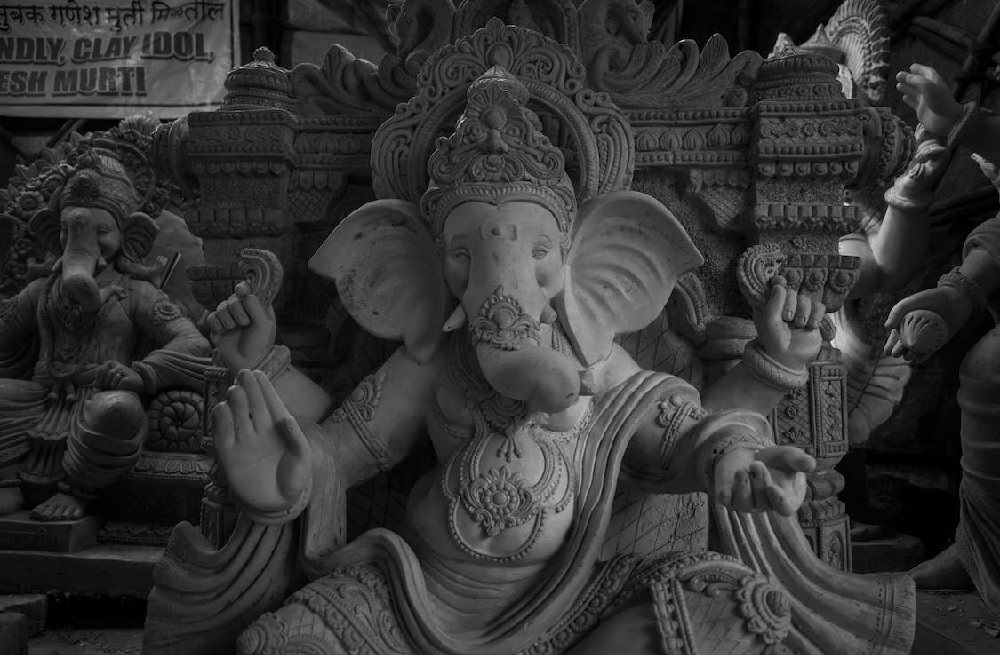Vinayaka Chaturthi and Ganesh Chaturthi: Exploring the Differences
Indian culture is rich with diverse festivals that hold deep religious and cultural significance. Among these, Vinayaka Chaturthi and Ganesh Chaturthi are two prominent festivals that celebrate Lord Ganesha, the elephant-headed deity, with devotion and fervor. While both festivals are dedicated to the same deity, they differ in various aspects, ranging from traditions and rituals to regional variations and significance. Let’s delve into the differences between Vinayaka Chaturthi and Ganesh Chaturthi.
1. Names and Terminology:
- Vinayaka Chaturthi: This festival is often referred to as “Vinayaka Chaturthi” in South India. The term “Vinayaka” is another name for Lord Ganesha, emphasizing his role as the remover of obstacles.
- Ganesh Chaturthi: In North India and many other regions, the festival is called “Ganesh Chaturthi.” The term “Ganesh” is another name for Lord Ganesha, signifying his wisdom and intellect.
2. Regional Variations:
- Vinayaka Chaturthi: This name is commonly used in states like Andhra Pradesh, Telangana, Tamil Nadu, and Karnataka. The festivities in these regions typically involve simpler celebrations and rituals.
- Ganesh Chaturthi: This name is more prevalent in states like Maharashtra, Gujarat, and parts of North India. The celebrations in these regions are often grand, marked by large processions and public installations of Ganesha idols.
3. Duration of the Festival:
- Vinayaka Chaturthi: In South India, Vinayaka Chaturthi is usually celebrated for one day, where devotees perform special pujas (prayer rituals) at home or in local temples.
- Ganesh Chaturthi: In North and Western India, Ganesh Chaturthi is observed over a period of several days, often spanning from 5 to 11 days, culminating in the immersion of Ganesha idols in water bodies.
4. Idol Making and Installation:
- Vinayaka Chaturthi: In South India, devotees usually create smaller clay idols of Ganesha for personal worship at home or in community temples.
- Ganesh Chaturthi: In regions like Maharashtra, larger and intricately crafted Ganesha idols are made and installed in public pandals (temporary stages) for the duration of the festival.
5. Celebrations and Processions:
- Vinayaka Chaturthi: Celebrations are often more intimate and family-oriented in regions celebrating Vinayaka Chaturthi. Devotees perform puja, offer traditional sweets, and seek Lord Ganesha’s blessings for success and well-being.
- Ganesh Chaturthi: The festivities of Ganesh Chaturthi are marked by grand processions, music, dance, and elaborate decorations. Public pandals attract large crowds, and immersions of idols in water bodies are accompanied by vibrant processions.
6. Cultural Significance:
- Vinayaka Chaturthi: This festival primarily emphasizes the importance of seeking Lord Ganesha’s blessings to overcome obstacles and challenges in life. It is celebrated with humility and devotion.
- Ganesh Chaturthi: Ganesh Chaturthi also holds the cultural significance of promoting unity and community bonding. Public celebrations foster a sense of togetherness and social harmony.
7. Environmental Concerns:
- Vinayaka Chaturthi: Celebrations of Vinayaka Chaturthi often involve simpler and smaller clay idols, which are more environmentally friendly in terms of immersion.
- Ganesh Chaturthi: The use of larger idols made from non-biodegradable materials has raised concerns about pollution during the immersion process in some regions.
8. Immersion Rituals:
- Vinayaka Chaturthi: Immersions after Vinayaka Chaturthi are usually performed in a smaller scale, with families or local communities immersing their idols in nearby water bodies.
- Ganesh Chaturthi: The immersion of idols during Ganesh Chaturthi involves elaborate processions with music and dance, culminating in the immersion of large idols in rivers or oceans.
In conclusion, both Vinayaka Chaturthi and Ganesh Chaturthi hold a special place in the hearts of devotees, celebrating the benevolent and auspicious presence of Lord Ganesha. While the essence of devotion remains the same, the festivals exhibit unique regional characteristics, cultural practices, and variations in their observance. These differences add to the rich tapestry of Indian festivals, reflecting the country’s diverse cultural landscape and the ways in which traditions are cherished and passed down through generations.

